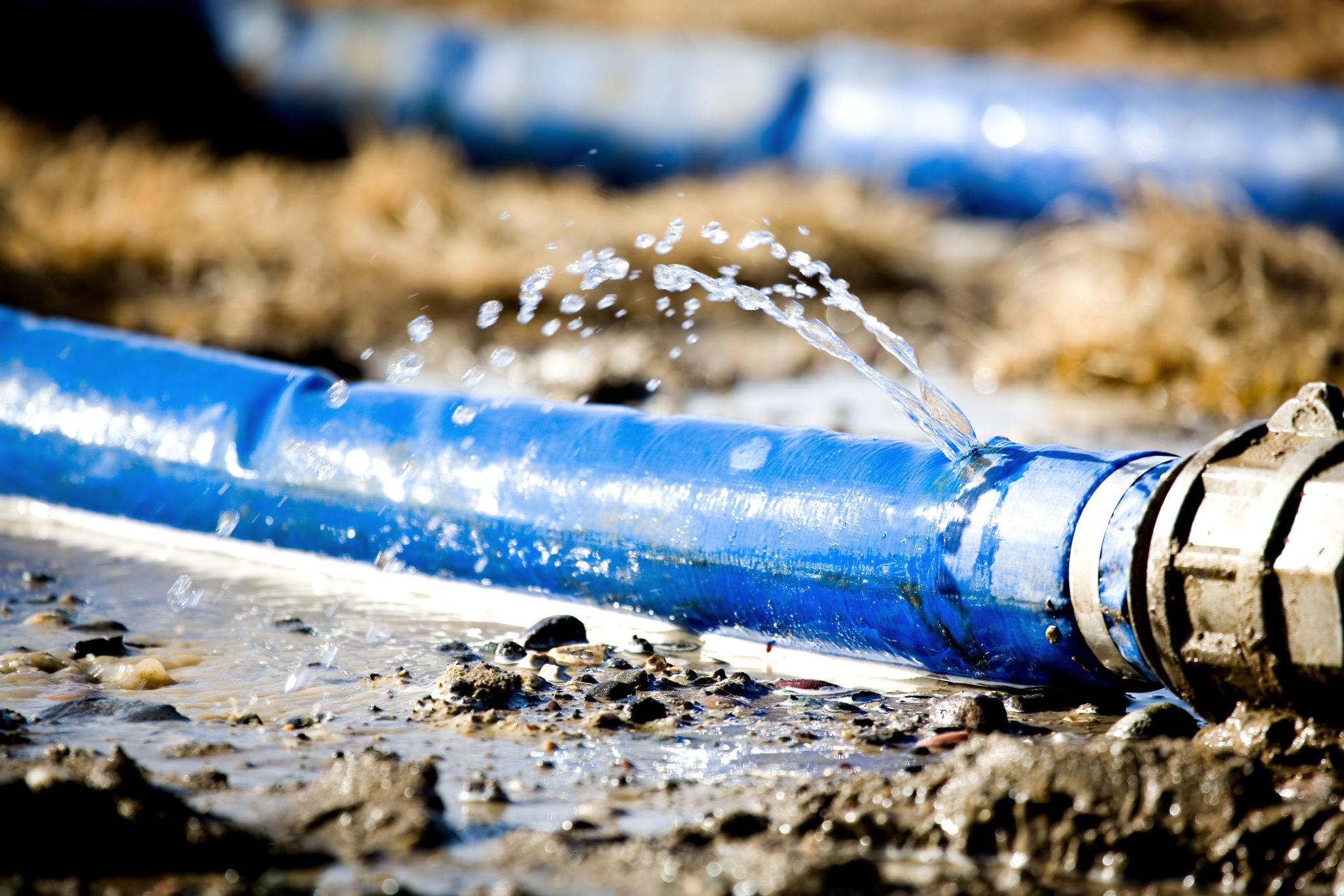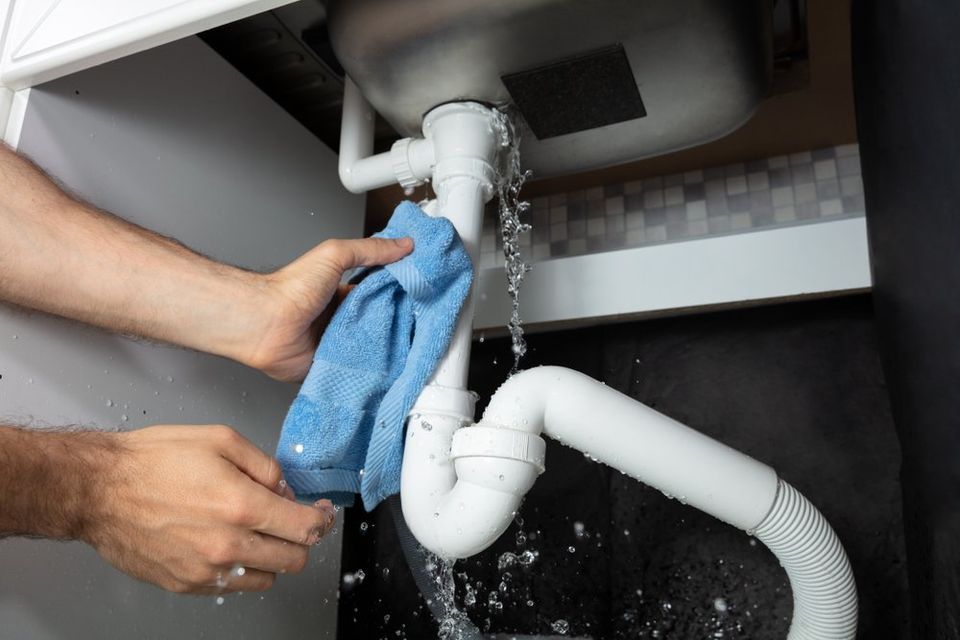Ways to Maintain Your Septic Tank: Everything You Need to Know
Ways to Maintain Your Septic Tank: Everything You Need to Know
Blog Article
This post down below relating to Quick Tips To Help Deal With Water Damage is really fascinating. You should investigate for yourself.

What should you do if a water pipe bursts in your home, producing a mini-waterfall and flooding an area of your house? In this situation, you need to act fast. The longer you wait, the a lot more serious the water damage in your property. When an emergency like this takes place, clearheadedness is key. For these factors, you require to discover what to in case of a burst water pipe. Because time is of the essence, inspect out the complying with suggestions below to help you act quick.
Shut Off the Main Waterline Shutoff
Look for the local shut-off shutoff to turn-off water in one certain area just. This will certainly cut off the water in your entire residence. Normally, the main shutoff is discovered outside the house following to the water meter.
Call Water Damages Remediation Pros for Aid
After shutting the water resource, call the pros for aid. With their professional assistance, you can mitigate worsening because water can seep with your things resulting in distorted walls, loose floor tiles, or damage structure.
Record the Damages For Insurance coverage
As you are waiting for the pros to arrive, record the damages caused by the wayward pipeline. Staying positive with this permits you to file an insurance claim for insurance coverage, which will certainly help you as well as your family members get back on your feet.
Salvage Points That Can Be Conserved
Browse the things and take out the most vital ones from the stack once you're done taking photos. Dry them off and also attempt to maintain as much as you can. Drag them away from dampness so they can start to dry.
Start the Drying Process
Finally, while waiting on the pros, you can start the drying out procedure. Thankfully, water from your waterlines are clean so you do not need to bother with sewer water. However, the flowing water may have disturbed the dirt and debris in your rugs as well as floorboards. Be prepared with gloves as you utilize containers to discard out the water. After that, remove as much as you can with old towels. You can also activate an electrical fan or open windows to promote air blood circulation. This will certainly accelerate drying out as well as hinder mold and mildew as well as mold development.
Experts are the only ones qualified to deal with the burs pipes and also succeeding damage. You will typically see red flags like bubbling paint, odd noises in the plumbing, musty smell, caving ceiling, peeling wallpaper, or water discolorations.
What should you do if a water pipeline ruptureds in your home, developing a mini-waterfall as well as swamping an area of your home? For these factors, you need to discover what to in situation of a ruptured water pipe. After closing the water source, call the pros for aid. With their specialist assistance, you can minimize exacerbation because water can permeate with your things resulting in deformed baseboards, loosened tiles, or damages structure. The good news is, water from your waterlines are tidy so you don't have to stress concerning sewer water.
How to Handle a Burst Pipe and Minimize Damage
Steps to Take Ahead of Time
If you own property in an area that experiences cold weather, you need to be aware of seasonal maintenance tasks that will help you protect your property as the weather changes each year. One of the most important steps is to winterize your pipes to ensure they won't freeze or burst when the temperature drops. This includes action items like insulating any exposed pipes, detaching garden hoses and covering outdoor faucets. If the weather gets cold enough, you may even consider leaving a faucet dripping or opening cabinet doors during the coldest parts of the day.
No matter how prepared you might be, accidents and emergencies still happen. You'd be wise to set up a savings account specifically for your property so you have a "rainy day" fund set aside for unexpected expenses. All homes—regardless of age, location or condition—will inevitably need some form of emergency repair.
Steps to Take for Frozen Pipes
A frozen pipe will not necessarily burst, so if you can catch a frozen pipe early on, you could save yourself a major headache. When your area experiences frigid temperatures, be sure to check your plumbing and keep an eye out for warning signs like faucets only releasing small amounts of water or toilets not refilling when flushed. If you do run into one of these issues, you're likely dealing with a frozen pipe.
If this happens, your first step should be to cut off the water supply to that section of the plumbing. Expanding and freezing water can quickly cause damage. Even if the water supply is shut off, you will likely still deal with some leaking from the water that defrosts after the pipe has thawed. Be prepared with a mop, bucket and/or towels to quickly soak up any excess water.
In order to thaw a frozen pipe, you can use a space heater, infrared or incandescent heat lamp, or even a hairdryer to warm up the frozen area. Heat tape is also an option and should be used according to manufacturer instructions. Do not use any sort of open flame to thaw frozen pipes, as it poses a major fire hazard and can damage your pipes further.
Steps to Take for a Burst Pipe
Water damage claims are the second most common insurance claim in the U.S. When you're dealing with a frozen pipe, the water continues to expand as it freezes, which creates pressure that can cause a pipe to burst. When this happens, the crack or leak in the pipe allows water flow from the pipe to enter your home where it shouldn't. If a pipe does burst, you need to act quickly to mitigate property damage and repair cost.
Your very first step should be to shut off your main water supply to minimize flooding—typically the most expensive damage to address. Once you've shut off the water supply, make sure you identify the entire area that has been impacted by the leak. Remove as much water as possible—as quickly as possible—using a mop, sponges, towels or a shop vacuum or wet/dry vacuum. To prevent long-term damage due to moisture build-up, run a dehumidifier or fan in the affected area. Contact a licensed plumber to ensure the pipe is correctly repaired before running any water to that section of the home again. Burst pipes and the associated water damage are something you absolutely want to avoid as a property owner. If you've had to learn your lesson the hard way, don't let yourself get caught in a similar situation during the next spell of cold weather. The best way to deal with frozen or burst pipes is to prevent them in the first place—proactive winter maintenance will save you time, money and a whole lot of stress.

As a fervent reader on Water Damage Restoration Do’s And Don’t, I thought sharing that information was sensible. Enjoyed reading our piece of writing? Please share it. Help somebody else discover it. We enjoy reading our article about Do’s And Don’ts In Case Of Water Damage.
Report this page